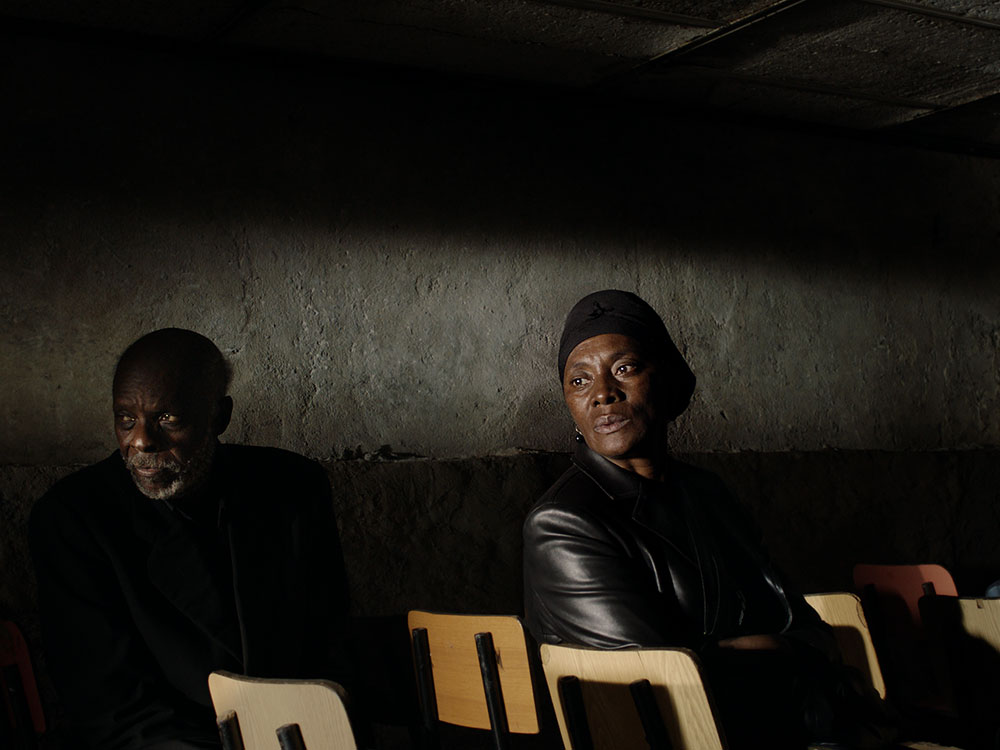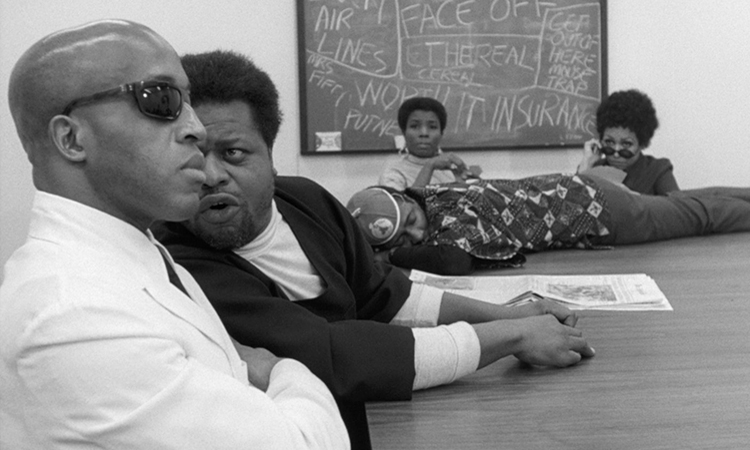KallioWeHardlyKnewYe
Hey! We won!
- May 30, 2003
- 15,534
- 3,385
The Testament of Dr. Mabuse
Lang (1933)
“There’s something weird going on here.”
Though criminal genius Dr. Mabuse is safely locked away in an insane asylum and himself seems quite insane, rampant crime continues to reign in the streets in his name. Not only why, but how?
This is a sequel, but the preceeding films don’t feel necessary. Full confession: I’ve never seen them. But this, interestingly enough, I feel like have seen despite never seeing it before. This is one of those classic examples that beget so much. I feel like many a comic book villain descends from this, most notably the chaos-minded Joker. Though his look is famously taken form The Man Who Laughs, a contemporary film to Mabuse, the machinations feel like it tracks back to this. A booby trapped room is very 1960s Batman in particular. The even more obvious connection to me is classic-era Blofeld from the James Bond books and movies. The entire unseen mastermind bit, giving orders to underlings with very specific almost business-like departments (blackmail, drugs, murder) was lifted whole hog into the Bond films and so many others that were to come. Blofeld pulling the strings from prison by mysterious means literally happens in the newest Bond movie. Hell the institutionalized mastermind is integral to Red Dragon and Silence of the Lambs too. Stellar lineage.
Though Sherlock Holmes deserves the bulk of the credit for the modern detective, but I suppose we can toss a few kudos toward Inspector Lohman here too. Wait. Crap. Moriarity predates Mabuse. Shit. Well STILL. I think my parallel mostly holds. The visuals are there. Shadowy man at desk.
I somewhat picked this as a Halloween time watch because I (somewhat mistakenly) thought it was more of a horror film than it is. The image I’ve always associated with it is an extreme closeup on Mabuse’s face and his eyes spinning as hypnotic pools. Not to be pedantic but it’s really more of a straightforward crime thriller. But there are some undeniably horror elements. Images of skulls and madness and dungeons. The patented moody, expressionistic lighting. It’s a spectral mystery at times as much as a practical one. How does he do it?
Shocked that the Nazi regime pushed back on a story where an evil mad man uses crime and fear to try to control and subjugate the greater population!
A classic that in many ways still feels very modern.
Lang (1933)
“There’s something weird going on here.”
Though criminal genius Dr. Mabuse is safely locked away in an insane asylum and himself seems quite insane, rampant crime continues to reign in the streets in his name. Not only why, but how?
This is a sequel, but the preceeding films don’t feel necessary. Full confession: I’ve never seen them. But this, interestingly enough, I feel like have seen despite never seeing it before. This is one of those classic examples that beget so much. I feel like many a comic book villain descends from this, most notably the chaos-minded Joker. Though his look is famously taken form The Man Who Laughs, a contemporary film to Mabuse, the machinations feel like it tracks back to this. A booby trapped room is very 1960s Batman in particular. The even more obvious connection to me is classic-era Blofeld from the James Bond books and movies. The entire unseen mastermind bit, giving orders to underlings with very specific almost business-like departments (blackmail, drugs, murder) was lifted whole hog into the Bond films and so many others that were to come. Blofeld pulling the strings from prison by mysterious means literally happens in the newest Bond movie. Hell the institutionalized mastermind is integral to Red Dragon and Silence of the Lambs too. Stellar lineage.
Though Sherlock Holmes deserves the bulk of the credit for the modern detective, but I suppose we can toss a few kudos toward Inspector Lohman here too. Wait. Crap. Moriarity predates Mabuse. Shit. Well STILL. I think my parallel mostly holds. The visuals are there. Shadowy man at desk.
I somewhat picked this as a Halloween time watch because I (somewhat mistakenly) thought it was more of a horror film than it is. The image I’ve always associated with it is an extreme closeup on Mabuse’s face and his eyes spinning as hypnotic pools. Not to be pedantic but it’s really more of a straightforward crime thriller. But there are some undeniably horror elements. Images of skulls and madness and dungeons. The patented moody, expressionistic lighting. It’s a spectral mystery at times as much as a practical one. How does he do it?
Shocked that the Nazi regime pushed back on a story where an evil mad man uses crime and fear to try to control and subjugate the greater population!
A classic that in many ways still feels very modern.






